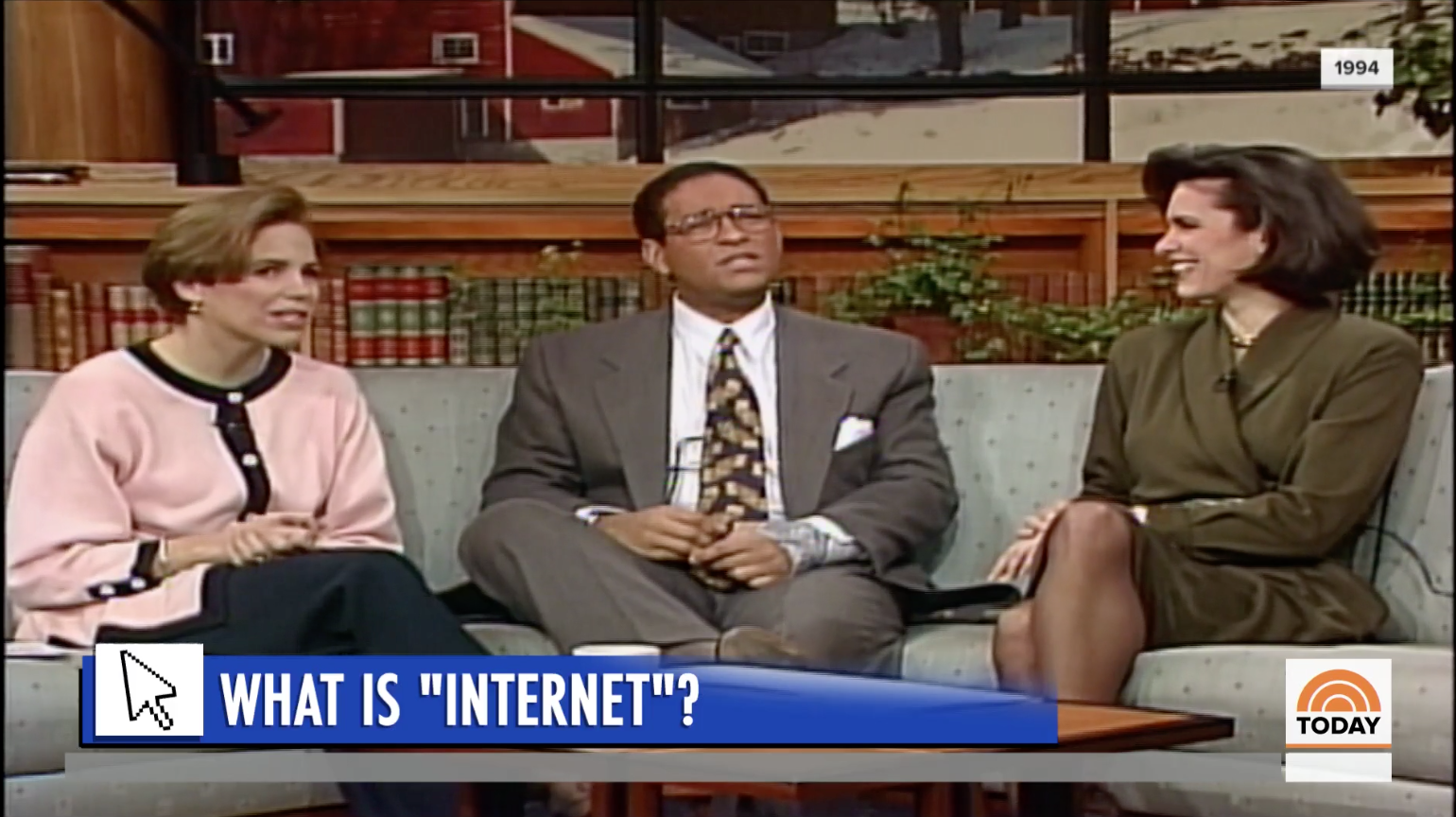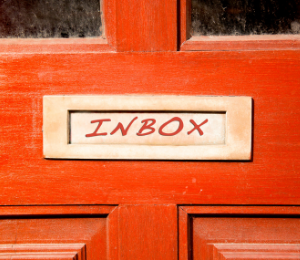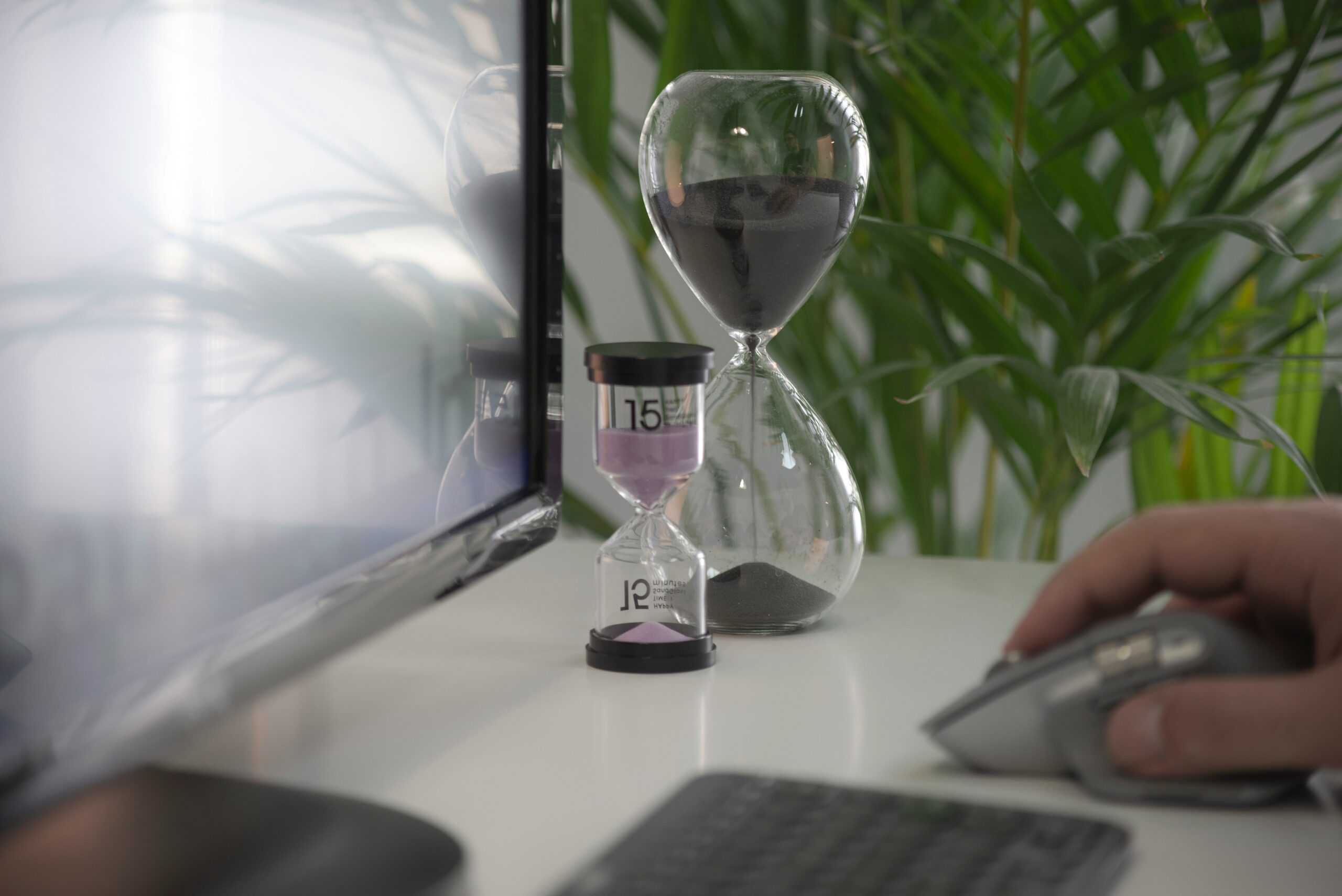Is your primary job function to check email and respond to customers?
If you answered yes: There are some jobs that require you to respond to emails ASAP. If you are in sales or customer service, the time delay could be the difference between your own success at work and your customers’. To save you some time, this article isn’t geared to you. Rather, check out my other articles on burnout, saying “no” and more.
If you answered no: For the rest of us who were NOT hired to check email, this blog is for you. Chances are “checking email” wasn’t one of the core responsibilities on the job description when you were hired. Yet, busy professionals are spending an average of 2.6 hours every day reading and answering emails! (Source: McKinsey).
We’ve got co-workers, clients, bosses, your kids’ schools and sports teams, doctors, your crazy great aunt…and any major retailer you ever shared your email with vying for your attention.
Open me….read me…respond to me. These emails have you right where they want you. Hostage!
You may have seen this on the Today Show’s 25th anniversary. They shared a throwback clip to 1994 when the anchors were asking: what is “internet”? The little @ symbol was foreign to us. Little did we know, over the next 20+ years it would take over our lives and sometimes our emotions.
In recent years we’ve added more texting, Slack, Voxer, WhatsApp, DMs, and a host of other communication channels to our work life, but working Americans still get about 120 emails per day. It’s the universally accepted way we communicate with people outside of our own organizations. It’s not going away anytime soon.
How do we combat this?
Elaine Sellers, the founder of Avenue Admin, and I had a great conversation about getting out from under your email. I just had to share the tips we talked about with you.
Elaine started the conversation by sharing her overarching thoughts on email. “It’s about mindset, teaching yourself to evaluate what’s there, and responding in a way that’s appropriate for you and your situation.” There it is. There’s more going on here than just the emails themselves. Emails come with a host of emotions and our mindset around email is critical.
- Let’s start with mindset. Email is a major source of frustration. We all complain about it. Then it pings and dings and we go running after it. The content of our email and the interpretations of peoples’ response times comes with a lot of baggage. We’ve all sat at the computer, hitting refresh. Waiting for the college admissions email, the job offer, the paperwork for our new home, or the big new client. These aren’t just words on a screen. Major life events happen in our email. The average worker is also spending more waking hours with their email than their spouse. Email is just another communication channel at the end of the day. Try to remove the emotion from it when possible.
- Say no to notifications. As a productivity expert, I help clients do focused work. A lot of people tell me they can’t get to their work since they receive and respond to emails all day long. If you see an email pop-up and you are running after it immediately it’s a distraction. It’s taking you away from whatever you were working on. Turn off the notifications. And, here is something crazy…don’t have emails on your phone. Again, I know that this isn’t possible for every job but try it as an experiment.
- Stop Chasing Inbox Zero. Just because an email comes in, it doesn’t mean you need to answer it. Manage your own expectations around the state of your inbox. You don’t need to be perfect.
- Set times to check it. The average worker checks their email 15 times per day. That’s about every 37 minutes. (Source: HBR) That’s disruptive to your day and makes it almost impossible to get into a state of flow and deep work: two things necessary to reach large goals. Block out the times of day that you will check your email and schedule a set amount of time. This should be adjusted depending on the role email plays in your job function. For example, check your email at 11:30 am and 4:30 pm for 20 minutes each time. You will need less time than you think because you aren’t doing the work that comes from the emails, you are just processing them. If the thought of this gives you an elevated heart rate, ask yourself “What’s the worst that can happen?” And evaluate from there. Elaine mentioned this question in our conversation and it’s a technique I use with clients a lot.
- Scan it. Delete it. Process it. Move on. People waste a lot of time reading the same email multiple times. Try to read each email once and only once. Prioritize whatever is most important to your business. Your email priorities should align with your business goals and your to-do list. Read the priority emails first. Handle what you can quickly (in under 5 minutes). Not only will you get a few easy wins, but you will also be able to delete those emails you processed quickly. And if the email requires more time and energy check out #6.
- Your email and task management system should get married. Your email is a communication channel. It shouldn’t take the place of your to-do list. Any email that requires more thought, input, or attention should be moved into your task management system and removed from your email. Some systems even integrate seamlessly together.
- Use the subject lines well. The subject line is the underutilized powerhouse of email. Instead of generic subjects like “Follow Up” or “Checking In”, use your subject line to be of value to the person on the other side. Include the action, due date, and expectation. Example: Blog Post Draft – Due Friday – Please Approve. Elaine also recommends responding with a “/” and further clarification. For example: “/ Elaine’s Response and Approval”, or “/ Document Included.”
- Email etiquette. Develop best practices to use across your team or organization. Don’t email unless you have to. Don’t be rude in emails. If you wouldn’t say it to their face, don’t email it. And, please don’t reply all unless you absolutely must. We’ve all been on the reply-all chain of “thank you” followed by “have a nice weekend” followed by “you too.”
- Company culture. Stop fearing that you are not responding fast enough. Sometimes a short time response is necessary. But more often, feeling the need to respond is more of an internal perspective. We’ve all been there, your boss emails you at 10 pm. You feel the need to drop what you are doing and respond immediately. You’ve now disrupted your pre-bed ritual, increased your stress level, and might not sleep at all. To combat this, set a company culture/policy about what’s expected in terms of managing email and response times. Do you expect your team to respond after hours? On weekends? On vacations? Be clear about what you expect and don’t overly judge the email behaviors of others.
- Unsubscribe. First, separate your business and personal emails. Then, think about which emails you subscribe to that you really don’t need or read. Elaine and I laughed as we are both guilty of having FOMO, especially around a store discount. But, consider how much time it takes to read these emails vs. the ROI you are getting. Saving 20% is amazing. But, it’s not worth sacrificing your business priorities. According to Sanebox, 62% of email can be processed in bulk. Meaning, they just aren’t that important. If unsubscribing is a little too intense for your taste, Elaine recommends scrolling to the bottom of the email to see if changing the frequency is an option instead.
Key Takeaways:
Everyone’s work requires a unique relationship with email. Have a little flexibility with yourself and your schedule. Also, allow this process to develop for you over time. Pay attention to what’s working and what’s not working and make small tweaks to your process.
If you need tactical help setting up your email process or want help from a virtual assistant, I recommend you schedule a session with Elaine to help you.
If you want to go deeper into managing your productivity and email specifically, I’m launching a new mini-course all about email soon.
You Got This! Sarah
Stay in Touch
Enter your email to get my top productivity tips each week. Plus, be the first to know when fresh content is ready!
Hi, I’m Sarah

The productivity coach who creates programs for overwhelmed professionals who are ready to say buh bye to stress, anxiety, mental clutter, and analysis paralysis and hello to clarity, purpose, and success.
I bring systems and quick productivity wins to your day so that you can get back control of your time, accomplish more, and be present when you are done at 5.
Curious About Working Together?
Let’s chat! It’s completely free and I’ll give you my recommendations to improve your productivity system starting today!






